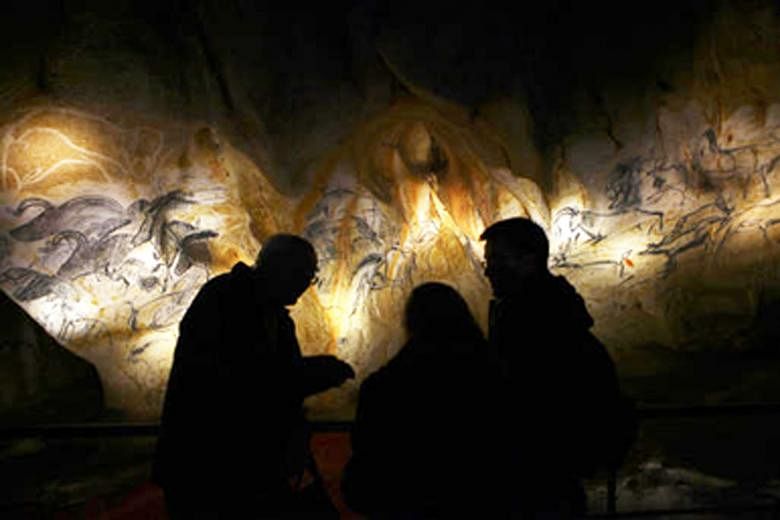Q Who were the artists who made prehistoric cave paintings in France and Spain?
A Directly proving anything definitive about the executors of paintings made 33,000 years ago, in the case of the Chauvet cave in France - or even as long as 40,800 years ago, in the case of the El Castillo cave in Spain - is nearly impossible. Given the passage of time, most clues are circumstantial and aesthetic.
Several theories about the well-hidden and anatomically accurate portrayals of animals suggest that they involved important and secret magical or religious rituals, so that only the best work would be worthy. Hunter-artists would presumably be very familiar with the anatomy of animals after close observation of their prey.
After the famous discovery of the Lascaux cave galleries of animals, the early archaeologist Henri Breuil theorised that they involved rituals of sympathetic magic designed to ensure a good hunt.
However, some of the animals portrayed in the Chauvet cave, like lions, panthers, bears and hyenas, were not hunted for food.
Later ideas included the possibility that the art was produced in shamanic rituals under the influence of hallucinogenic substances, or that the paintings were sometimes simply outpourings of creativity by professional and well-supported artists.
Still another researcher, Professor R. Dale Guthrie, pointed out that the whole body of cave art shows a wide range of abilities.
"There are many unskilled Paleolithic drawings that are rarely reproduced in art books," said Prof Guthrie.
NYTIMES

